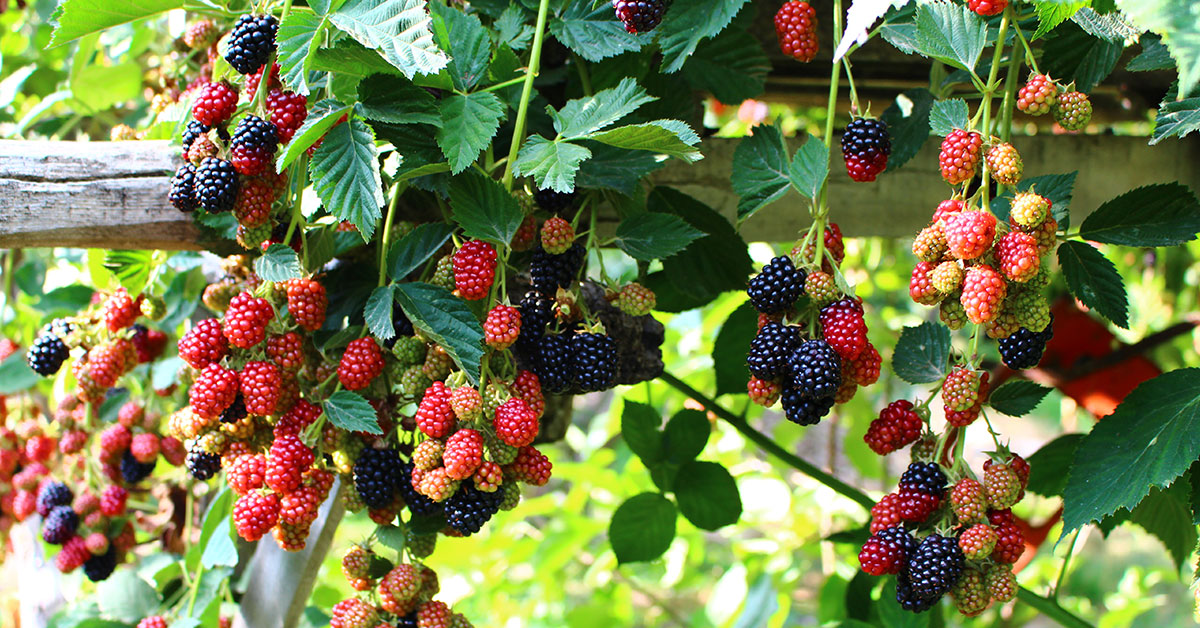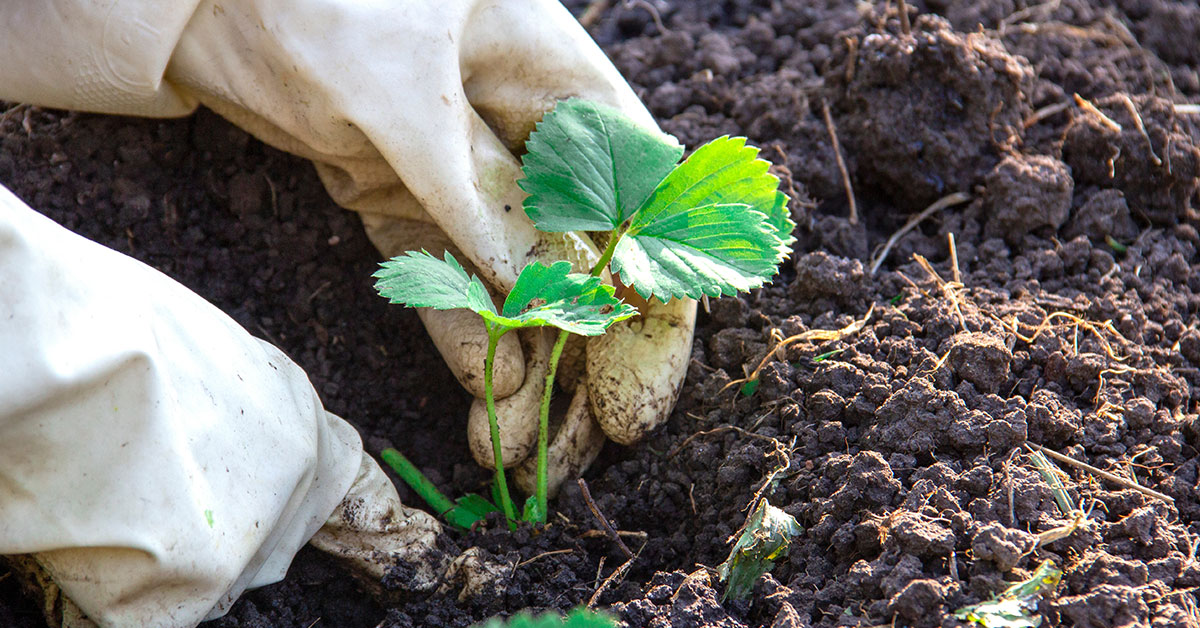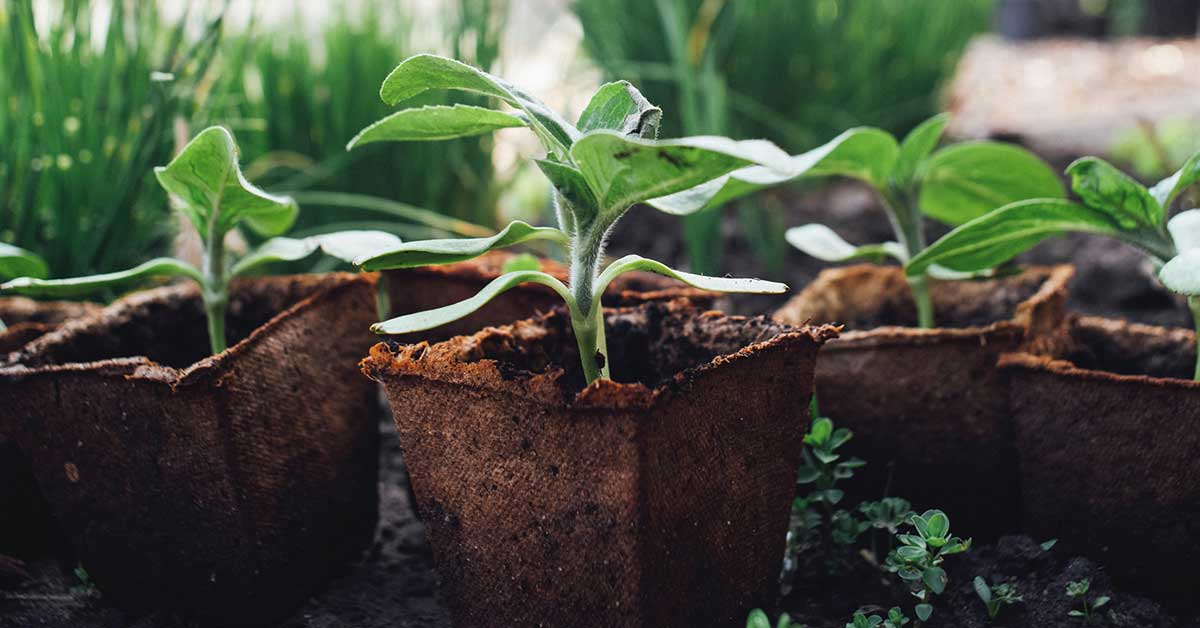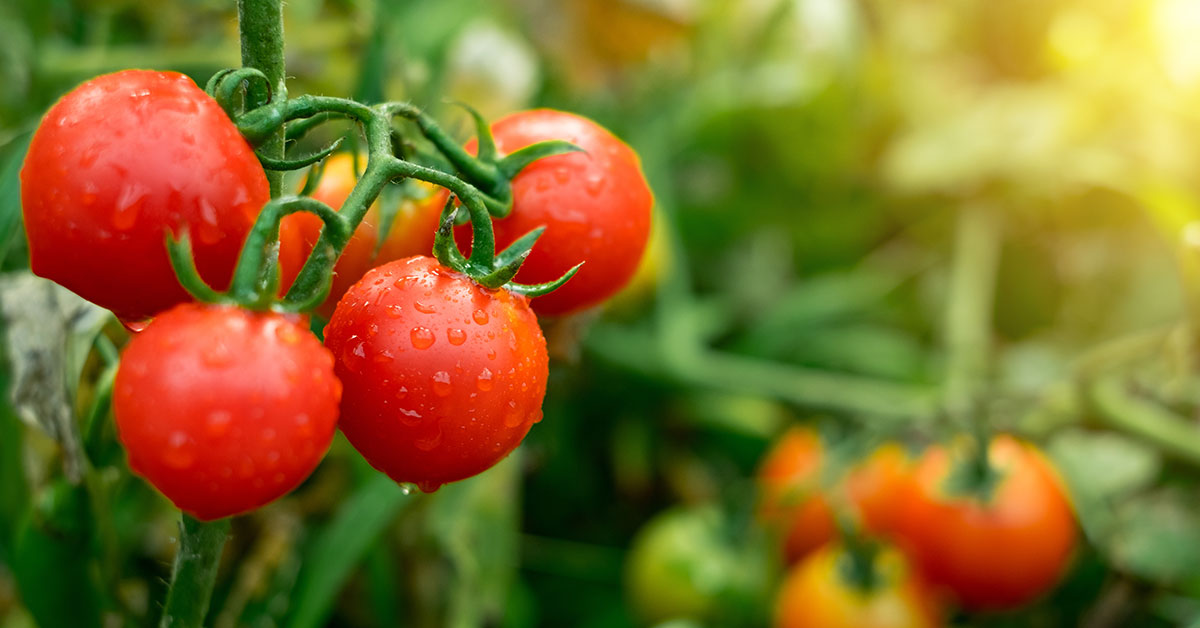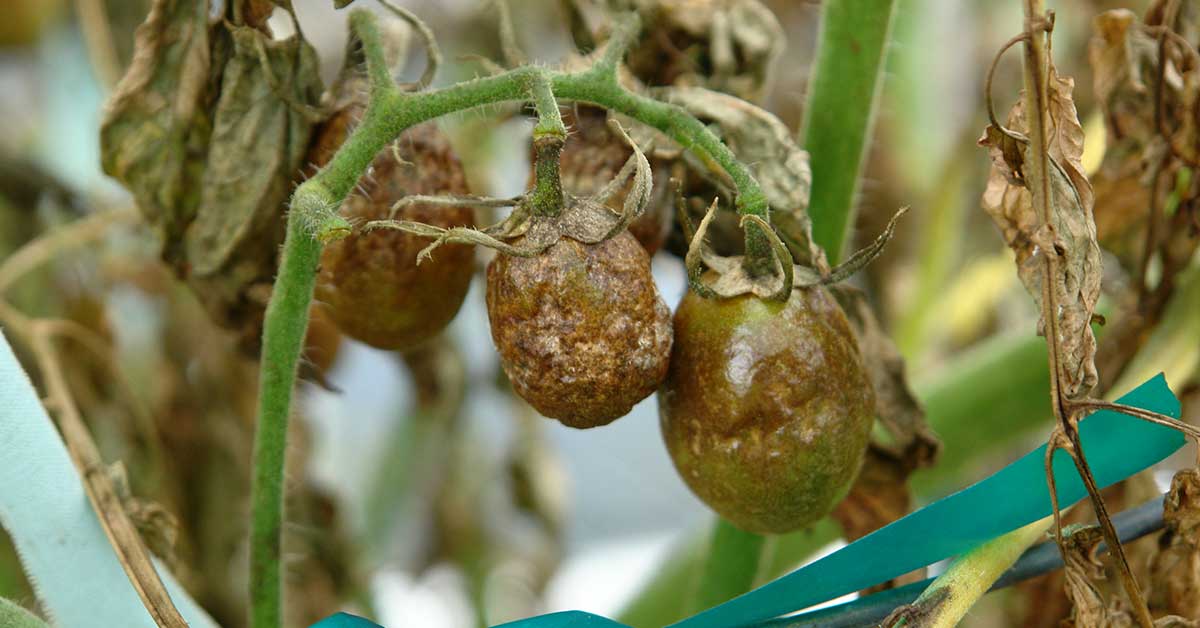Cipollini onions, also known as Italian onions, are a type of small, flat onion with a distinct shape and flavor. These onions are popular in Italian cuisine and are used in a variety of dishes, from soups and stews to roasted vegetables and salads.
Cipollini onions are prized for their sweet, mild flavor and tender texture, making them a favorite among chefs and home cooks alike. We’ll take a closer look at Cipollini onions, exploring their history, culinary uses, and nutritional benefits.
What is a Cipollini Onion?
Cipollini onions are a type of onion that originated in Italy. They are small in size and have a flat, almost disc-like shape. They are also known as Italian onions and have a slightly sweet and mild flavor. The name “Cipollini” actually means “little onion” in Italian.
These onions are typically used in cooking as a flavoring ingredient and are often caramelized for use in sauces, stews, or as a topping for pizza or salads. They are also popular for pickling due to their small size and unique flavor.
One of the most distinctive features of Cipollini onions is their color. They have yellowish-brown skin, with a slightly pink or red hue on the inside. This makes them a visually appealing ingredient to use in dishes, and they can add a pop of color to any meal.
Cipollini onions are a unique and flavorful ingredient that can add depth and complexity to any dish. Whether you’re using them to caramelize or pickle, they are sure to add a touch of sophistication to your cooking.
What do Cipollini Onions taste like?
Cipollini onions are small, flat onions with a slightly flattened shape and a distinctive sweet and mild flavor. They are often described as having a delicate flavor that is both sweet and savory, with a hint of nuttiness. The flesh of the Cipollini onion is tender and juicy, making them a popular choice for roasting and grilling.
When cooked, Cipollini onions become even sweeter, with a caramelized flavor that adds depth and richness to any dish. They are often used in Italian cuisine, where they are prized for their unique flavor and versatility. Cipollini onions are also commonly used in salads, soups, stews, and sauces, as well as in side dishes like roasted vegetables or grilled meats.
Cipollini onions are a delicious and flavorful addition to any meal. Their sweet and mild taste, combined with their tender texture, makes them a versatile ingredient that can be used in a wide range of dishes. Whether you’re cooking up a hearty stew or a light and refreshing salad, Cipollini onions are sure to add a touch of sweetness and depth to your food.
How to start Cipollini Onions from seeds
If you’re interested in growing your own Cipollini onions, you’ll need to start with seeds. Here’s how to get started:
- Choose a good location: Cipollini onions need a lot of sun, so choose a location that gets at least six hours of direct sunlight each day. The soil should be well-draining and rich in organic matter.
- Prepare the soil: Before planting, work compost or other organic matter into the soil to help improve drainage and fertility. Remove any rocks or debris and break up any clumps of soil.
- Plant the seeds: Cipollini onion seeds are small, so plant them shallowly, about 1/4 inch deep. Space the seeds about 2 inches apart and cover them with soil.
- Water regularly: Keep the soil moist but not waterlogged. Water deeply once a week, or more often if the weather is hot and dry.
- Thin the seedlings: Once the seedlings emerge, thin them to about 1 inch apart. This will give them room to grow and develop strong roots.
- Fertilize: About a month after planting, apply a balanced fertilizer to the soil around the onions. Repeat every 3-4 weeks throughout the growing season.
How to Grow Cipollini Onions
If you’re a gardener looking to add some variety to your vegetable garden, consider growing Cipollini onions. These small, flat onions are sweet and mild in flavor, making them a popular choice for cooking and eating raw.
Cipollini onions require full sun to grow properly. Look for a spot in your garden that gets at least six hours of direct sunlight every day.
They prefer loose, well-drained soil that’s rich in organic matter. Amend your soil with compost and/or aged manure before planting.
These onion seeds can be planted directly in the garden in early spring or fall. Plant the seeds about 1/4 inch deep and 1 inch apart in rows that are 12-18 inches apart. Water the seeds well after planting.
Once the seedlings have emerged and are a few inches tall, thin them so that they’re about 2-3 inches apart. This will give them room to grow and develop properly.
Cipollini onions need regular watering, especially during dry spells. They also benefit from a balanced fertilizer applied every few weeks during the growing season.
When and how to harvest Cipollini Onions
Cipollini onions are a popular variety of onions that are known for their sweetness and mild flavor. They are often used in Italian cuisine and are a great addition to salads, stews, and roasted dishes. If you are growing Cipollini onions in your garden, it is important to know when and how to harvest them. Here are some tips to help you get the best out of your crop.
When to Harvest
Cipollini onions take around 90-120 days to mature from seed. They are ready to harvest when the tops of the onions start to dry and turn yellow. This usually happens in late summer or early fall. You can also check to see if the bulbs have reached their full size by gently digging up a few onions from the soil. If the bulbs are about the size of a golf ball, they are ready for harvest.
How to Harvest
When it comes to harvesting Cipollini onions, there are a few things to keep in mind. First, make sure the soil is dry. Wet soil can cause the onions to rot. Use a garden fork or shovel to loosen the soil around the onions. Be careful not to damage the bulbs while doing this.
Once the soil is loosened, gently pull the onions out of the ground by the tops. Do not yank the onions out of the ground as this can damage the bulbs. If the onions are not coming out easily, you can use a garden fork to pry them out of the soil.
After harvesting the onions, it is important to cure them before storing them. This involves letting the onions dry out in a dry and well-ventilated area for a few days. This will help to extend their shelf life and prevent them from spoiling.
Harvesting Cipollini onions is a simple process that requires a bit of patience and care. By following these tips, you can ensure that your onions are harvested at the right time and stored properly for later use.




